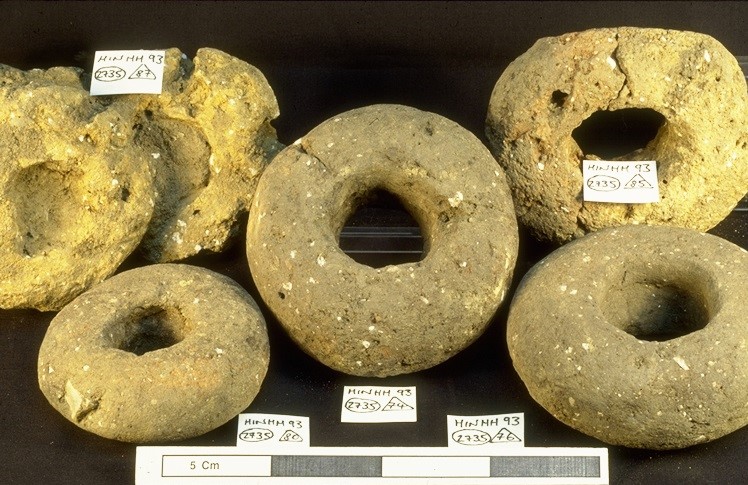A Question of Migration
Object | Hidden Lives: a story of discovery
Anglo-Saxon is a term applied to people that migrated to Britain from the North Sea coast of Europe after the fall of Rome and before the Norman Conquest in 1066. Archaeologists and historians have long debated how to define the Anglo-Saxons, the extent of this migration, and its wider cultural significance. The technological advances to study ancient DNA are helping to answer these questions. From the Cambridgeshire study, seven of the individuals sampled were from the Anglo-Saxon period, and all were female. Knowing that they are female is important because it supports the idea that settlement was more peaceful rather than through hostile invasion.
European populations are very alike at the genetic level. Being able to analyse whole genome sequences and make comparisons with many modern-day DNA samples enabled researchers to look for small differences in DNA that could indicate historical migration patterns. They found that the Anglo-Saxon samples from Hinxton and Oakington are most closely related to modern-day Dutch and Danish populations, whereas the Iron Age samples from Hinxton and Linton share ancestors with multiple Northern European populations. This finding suggests that these individuals had direct ancestors originating from these regions of Europe. The comparison with modern samples also showed that today’s population of East of England derives 38% of its ancestry from Anglo-Saxon migrations. This genetic information, when considered alongside archaeological and historical contexts, provides valuable clues about the movement and mixing of people in the past but also about populations today.
